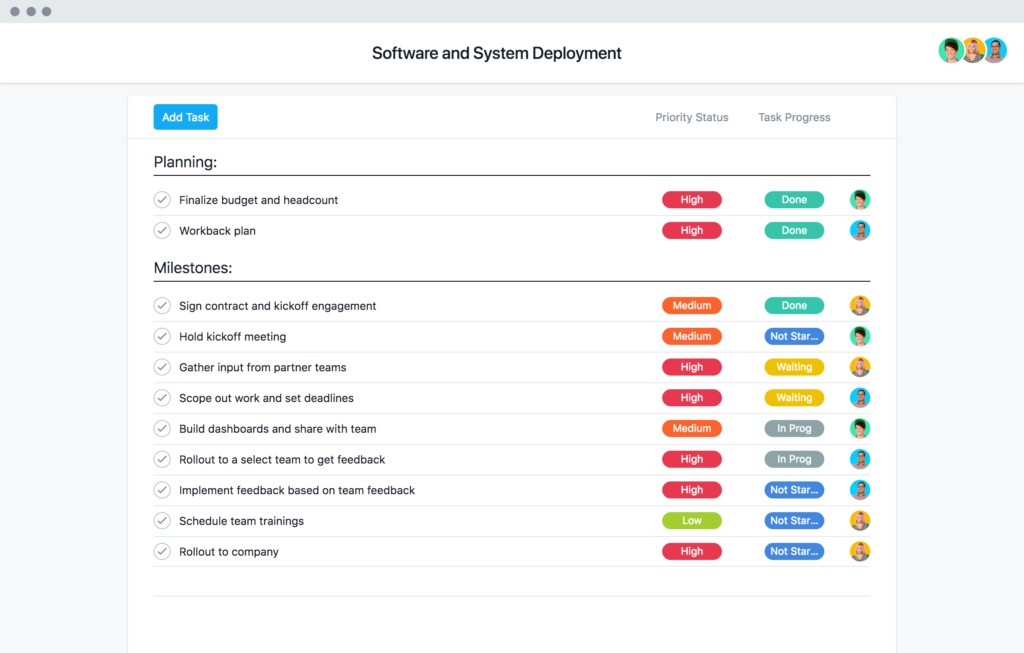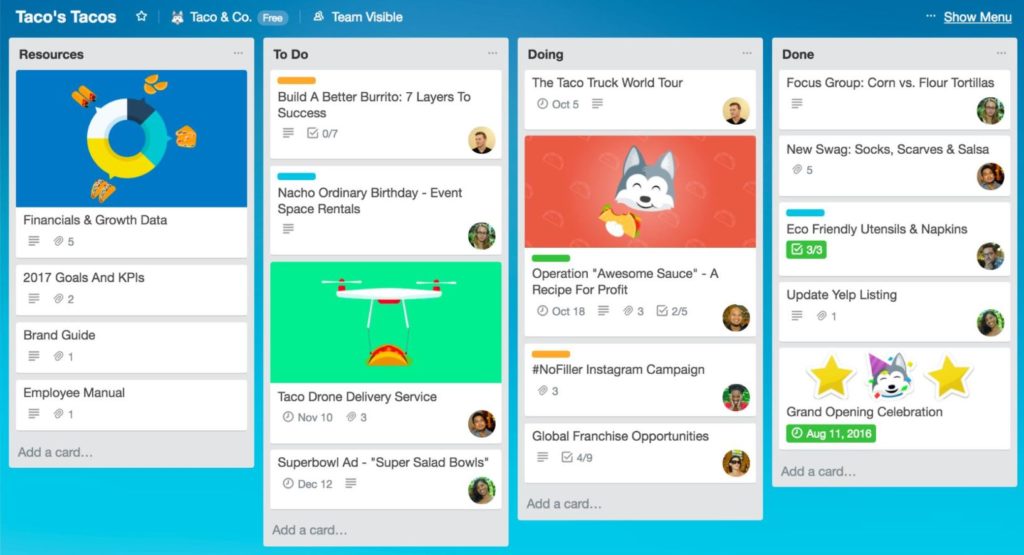Communication and task management in remote work – practical and proven solutions
Numerous commentators display no doubt that the Coronavirus disease epidemic is one of the most important events of the 21st century, leaving a permanent mark behind. Among the prognoses one inapparent result is often omitted – numerous individuals who, until now, have spent eight hours in offices daily, wasting their time on additional commute, will, in result of the quarantine, realise that their professional responsibilities may be carried out entirely without leaving their houses.
However, the initial enthusiasm may turn into frustration resulting from wrong choices in terms of tools used in remote work. Moreover, one should use the experience of the IT industry experts’ experience, for whom remote work is nothing new, with many of them working in such manner for years. Here, we present the tools that they use in their everyday work. Importantly, we have chosen free services (with some of them having some limitations), with access to them not being associated with the necessity of becoming dependent on an ecosystem of a large provider, or getting involved in a subscription model.
Task management – Asana

Asana is a tool (also available in a mobile version), allowing for easy project and task management. At Eversoft we have been using it for some years. The software is available in a free version, as well as, in an expanded, paid version. However, the limitations of the free version primarily comprise of a limitation to a team of 15 (plus some additional, however not essential functionalities). Additionally, the free version allows for an unlimited number of projects and tasks. A significant advantage of this tool is the ability to add large attachments (up to 100 mb). Asana includes a milestone function in the premium package. They allow for marking certain tasks as milestones. Therefore, following the project realisation progress is made easier. The milestones are clearly visible on the time line. Additionally, Asana has an expanded reporting function. We may choose and permanently link the elements of tasks to the task bar, regarding those which are of interest to us, such as: tasks commissioned, task list for the week, tasks that were accomplished and are awaiting our verification. The software is perfect for creative task management, where a number of people from different industries must cooperate.
Task management – Trello
Trello is a free tool allowing for easy and clear task management. It is based on tables, where lists (columns) are displayed. The lists contain cards associated with a given task. The card can be given a title, description, attachments (any file, including images, e.g. mind maps). Each card can be commissioned to particular users. A function of labelling is made available, and of issuing realisation dates, along with notifications for users added to the card. The administrator himself, who manages the work organisation may receive notifications regarding the introduced changes, allowing him to manage each phase of the works efficiently.
An enormous advantage of Trello is its flexibility – the administrator decides, how the vertical lists and transferred horizontal cards are being managed. E.g. he may decide a particular list to represent one employee, or to correspond with a given realisation phase. An additional advantage is an assortment of great mobile apps available both for the Android and the iOS. It is a rarity for mobile launched software to deliver full functionality of the browser app, however, this goal was achieved in Trello. Let us add the possibility of integration with external services (an increased integration available for the paid version), and we receive a versatile and highly configurable tool for work management.
Communicator – Slack

The full capacity of Trello may be fulfilled by the free integration of the service with Slack – a communication tool that will meet the needs of even large teams. Slack has the capability of creating group chats and channels, but the users may also connect via private channels. Important messages which we must receive, may be pinned to a conversation. Additionally, one should also turn attention to the management of hashtags which may greatly improve navigation among hundreds of messages. Slack may also partially fill the gap caused by remote work, regarding interpersonal relations. Due to a separate channel which is a type of a hyde park, one may allow the employees to engage in remote office chat.
The full capability of both Slack and Trello may be used free of charge, by integrating both services. E.g. it allows to automatically send notifications on Slack, regarding the changes in Trello, on the wall for the users involved in a particular task. A person pinned to the new card may receive information about being assigned to a new task, and will be notified about the changes on the card. Therefore, we get an incredibly effective combination – a task management system linked to the synched communication service, due to which the users involved will be informed about the progress without the need of sending dozens of emails or organising time and attention consuming videoconference sessions.
Audio and video conferences – Hangouts and Discord

However, some issues cannot be discussed without the use of audio and video conferences. If there is a need for voice communication, then we can recommend a tool which, within the context of remote work organisation may seem like a curious choice. We are talking about the Discord service dedicated to gamers, which is aimed at serving them for communication during gameplay. Why such a choice? Contrary to other communicators that offer voice communication, Discord provides exceptional algorithms of voice procession – everyone can be heard clearly, while the software cleverly selects the speaking person and cleans the track of environment sounds. Everything is done without latencies, in a quality that is more than satisfactory, and it is free of charge.
In terms of videoconference sessions, Google Hangouts remains the most comfortable solution, which we also use at Eversoft. What is the potential of this communicator in terms of videoconferences? Primarily due to the ease of adding members to the conference – creating a new account is not required mostly, as almost everyone has and actively uses a Google account. In result, to organise a high-quality conference, You need nothing more but to paste a link on Slack. Team members, that are during travel at the time, may even join a videoconversation thanks to well-made mobile apps. Let us add an optional dynamic setting (the speaker is in a privileged position) and we receive a proven and universal videocommunicator.
Home is not and should not be an office
Obviously the remote work success cannot be reduced solely to the proper selection of tools. Attitude is also important. A certain myth is taking its toll, according to which remote work should be the perfect alternative for office work. However, enough to gain some experience to understand that the premise is far from true. Transferring own home into an office will, in time, cause the employee to feel resentment against home, office and work. The secret of remote work success is an able use of all its advantages: the ability to focus on issued tasks, and the elimination of all obstacles in achieving them, such as fruitless meetings, that could be replaced with a single email, or hours spent on in-office chats.





